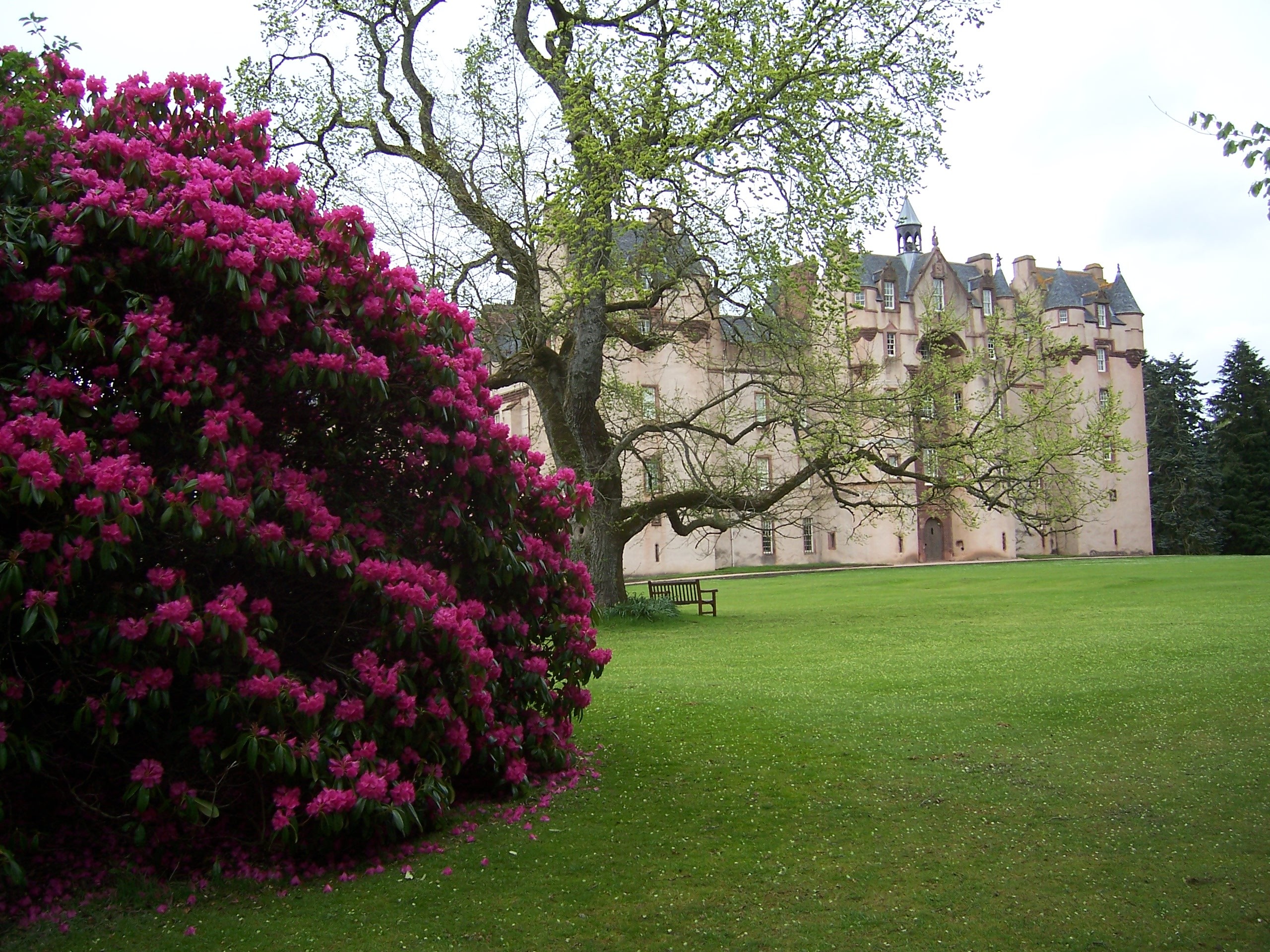One of Scotland’s most iconic castles will stay standing thanks to a feat of “beautiful” engineering.
Experts from the National Trust for Scotland have applied to extend listed building consent on the centuries-old Fyvie Castle to keep crucial steel braces in place.
Although parts of the West Drum of Seton tower have been deteriorating for hundreds of years, emergency measures were taken in 2000 following an imminent threat of collapse.
Now an extension to the consent that was first granted in 1999 is being sought to allow further investigation into a long-term solution.
Last night project manager Ian Davidson said: “What we’re asking is to keep the restraining steel bands in place for now so we can conduct further investigations.
“The problem dates back to the middle of the 18th Century when the owners put in a lot of fireplaces.
“They put the floos in the thickness of the walls, but in the West Drum the walls are quite thin and when they put the floos in they weakened the structure.”
Over the years there have been several attempts at shoring up the walls of the towers, but by the late 1990s cracks had been more apparent.
“There is what we call an unpredictable bulge. This could become detached or it may not and instead stand for 100 years.”
But Mr Davidson stressed that with the steel restraints in place, there was no danger of a dramatic collapse.
“They’re beautiful stainless steel bands, designed to be aesthetically pleasing.
“But it’s not just about keeping it safe, it’s about preserving the significance of Fyvie for Scotland.”
The earliest parts of the sprawling castle date back to the 13th Century, but the tower was added by Scotland’s Chancellor Alexander Seton in 1599.
Mr Davidson described Alexander Seton as “the most powerful man in Scotland” after King James VI became King James I Of England.
He added: “The south side of Fyvie is one of Scotland’s greatest renaissance facades.”
The work to stop the West Drum crumbling away is estimated to cost tens of thousands of pounds.
A third of the bill could be covered by funding received from Historic Scotland, but the National Trust – a charitable organisation – expect to pay the bulk of the cost.
